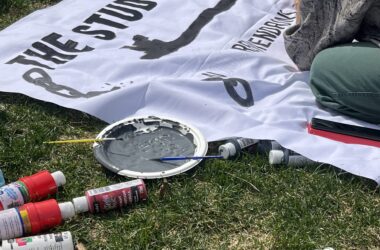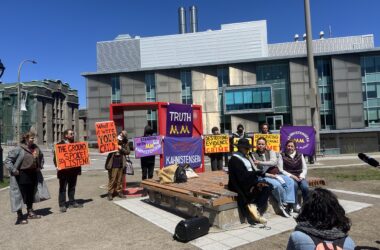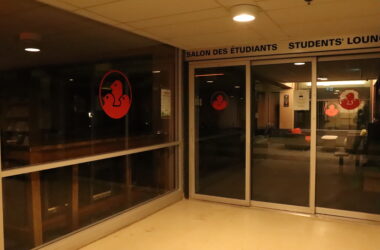Former City Councillor Michael Fainstat donated his body to McGill’s Faculty of Medicine and Dentistry in a program that gives students hands-on experience with real bodies. Fainstat, who died at 87 on December 29, was known for his many contributions to the community and decided to make his body the last one.
The Faculty of Medicine and Faculty of Dentistry have a cadaver-donation program, where over 50 dead bodies are collected each year for purposes of study. A memorial is held every year to give thanks to the family members and friends of those who have donated their bodies.
“It’s a hands-on adventure for [students] for sure. They know what a body looks like in three dimensions, [and] computerized anatomy programs are great, but they’re still not hands-on,” said Professor Sandra Miller, chair of the anatomy department. “When a human needs surgery you cannot look at it at a distance in a screen, you’ve got to have your hands in [it]. That’s what surgery is.”
When a body is received, it’s properly treated and stored at McGill’s morgue for at least six months until students use it in next fall’s classes.
“Each group of students gets their brand new group of individuals who have died the previous year,” Miller said. “And all over the world where our students go, because of our hands-on experience, they go into the operating room with great confidence.”
The program coordinators reach out to donors by simple word of mouth. Interested individuals complete the required paperwork and carry a card in their wallets stating their interest in donating their body to McGill.
“We need the whole body and the ones that we receive are generally elderly,” said Miller, who explained that most cadavers received die of old age or certain pathologies like Parkinson or cancer, which are acceptable for the program.
“These conditions are not a problem at all,” she said. “In fact, they are quite handy because students see pathologies or pacemakers in these organs and different repair mechanisms in the body. These are learning tools.”
At the end of each academic year, the majority of the bodies are cremated and deposited on a special site at the Mount-Royal Cemetery, where the university has a plaque designated for the program.
“If they are really good, we keep those for exam purposes, and they can last anywhere from five to 10 years, but normally the vast majority are cremated,” said Miller.
On January 9, a commemorative ceremony was held for Fainstat despite the absence of a body. A spokesperson of the Blythe Bernier Funeral House explained that Fainstat’s friends and family members were pleased with the event.
“It is not a happy moment but the ceremony ran smoothly,” said a spokesperson.
Other well-known Montreal figures have participated in the cadaver-donor program in the past, among them a former director of the Montreal Neurological Institute.
“It’s great that he’s done that, but he’s not the only celebrity to have donated his body. There have been a few over the years,” Miller said. “Every single donor is appreciated. Every body is highly valued.”







